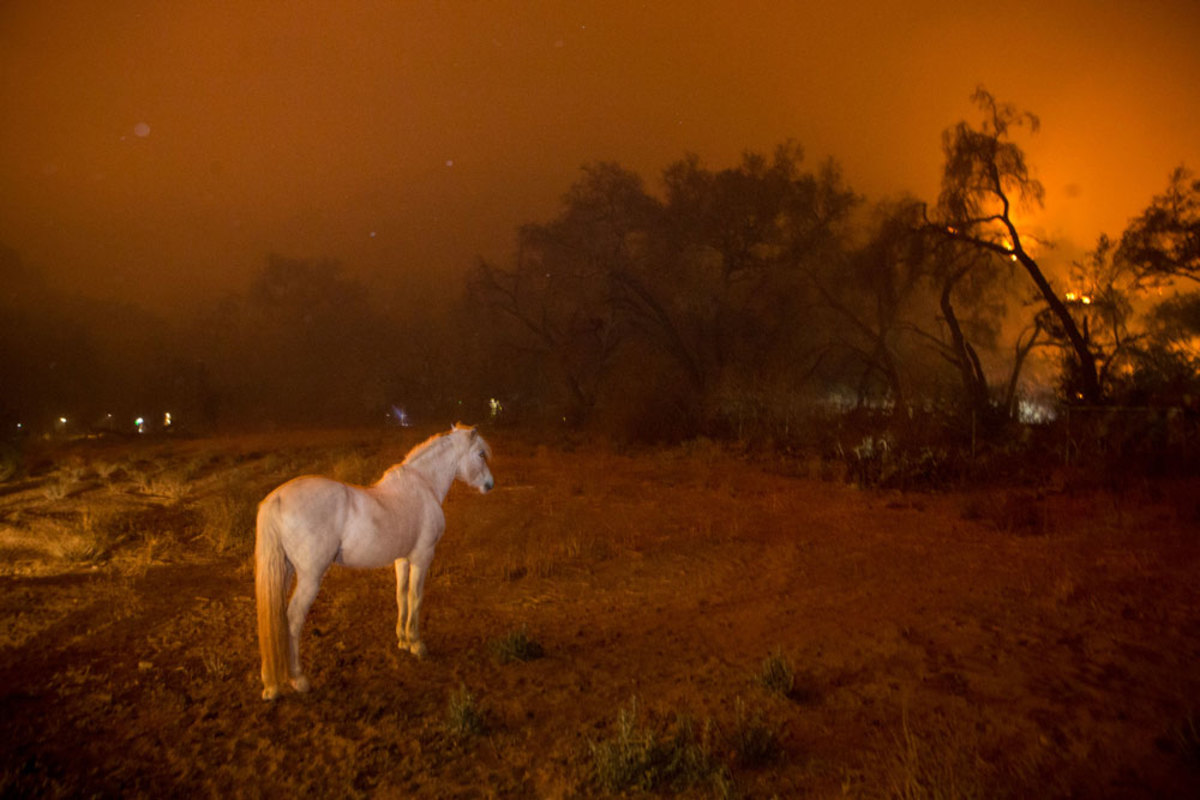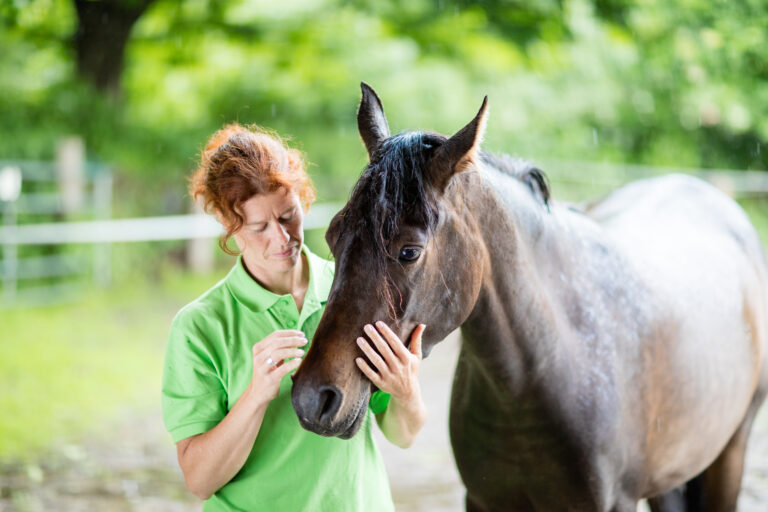
The veterinary profession has limited training and career tracks to develop the leadership and responders needed to support animal health and safety needs during emergency responses. Not to mention, there are no national training standards for veterinary disaster and emergency first responders.
“No one is trained in (veterinary) emergency planning or response on the local level as their primary job,” according to information provided by the AVMA Committee on Disaster and Emergency Issues. “The closest thing we have are county EM (emergency management) coordinators and most are not animal savvy. We have to rely on volunteers and stretching others,” including emergency managers, extension agents and animal control officers.
As a result, it can be difficult for veterinarians to hit the ground running when they volunteer to serve on a local or regional disaster response team.
To fill this gap and to build on the legacy of the AVMA efforts in disaster relief, the American Veterinary Medical Foundation board of directors voted at its November 2020 meeting to provide $80,000 in funding to create an AVMA certificate program for veterinary first responders.
Members of the CDEI will first identify core competencies reflecting the basics that every veterinary responder should know. That work is expected to be finalized this spring, after which organizations, including the AVMA and veterinary colleges, can develop new or modify existing courses and submit them to the CDEI for an assessment as to whether they satisfy one or more of the core competencies required for certificate completion, according to background material that the committee submitted to the AVMF.
Initial classes could be available on AVMA Axon as soon as fall 2021, and the program could be fully operational by spring 2022. The idea is that once veterinarians or veterinary students complete courses that meet all core competencies, they will be issued the Basic Veterinary Responder Certificate.
Filling the Gap
Dr. Warren J. Hess, an assistant director in the AVMA Division of Animal and Public Health who also serves as the AVMA’s disaster coordinator, will oversee the program. He acknowledged that a number of veterinary colleges have programs teaching students about disaster response, including programs at North Carolina State University, Texas A&M University, and the University of California-Davis, which have most recently responded to the wildfires on the West Coast and tropical storms and hurricanes in the Southeast.
He said the certificate program will provide additional recognition for those who are currently providing training, often veterinary faculty members who receive limited academic benefit from teaching courses in disaster response.
“It will also lead to the AVMA not having to provide all the education, but will allow veterinary schools and others to assist,” Dr. Hess said. “I’m pretty excited about this. I think it will really help as the country moves more to local responses rather than national team responses.”
Dr. Gail Golab, AVMA chief veterinary officer, added, “This also provides state and local agencies a way to help evaluate and make sure those veterinary responders providing assistance have the basic education and training they need to do so successfully and that they can work well within the response network.”
Previously, the AVMA and the U.S. Department of Health and Human Services worked together in a public-private partnership serving disaster response needs from 1993-2007. The AVMA Veterinary Medical Assistance Teams responded as federal employees to disasters such as 9/11 and Hurricane Katrina.
The AVMA VMAT program then became a disaster response resource for states after the federal government developed its own veterinary medical response teams. After the states became more self-sufficient, demand for the AVMA VMAT services declined, which led to the AVMA phasing out the VMAT program in 2016.
Dr. David E. Granstrom, AVMF assistant executive director, said the new certificate program is a direct result of the decades of time and effort that AVMA and AVMF volunteers and staff members have invested in the development and delivery of disaster response resources.
“There’s a real gap here,” Dr. Granstrom said. “Public health and human health are filling their role, and this is an opportunity for veterinarians to meet their potential and better fulfill what we need to be doing as veterinarians in disaster relief scenarios.”
The AVMA Board of Directors, during its Nov. 18-19, 2020, meeting, approved a new policy, “Disaster/Emergency Pet Sheltering Preferences,” which is as follows:
Disaster/Emergency Pet Sheltering Preferences
The AVMA recommends use of the cohabitation sheltering model (sheltering as a family unit) during disasters and emergencies involving companion animals. Cohabitation sheltering supports the human-animal bond and the physical and emotional health of both humans and their pets during a very stressful time. Human mass care organizations are strongly encouraged to re-evaluate their pet policies and to collaborate and consult with local animal welfare organization(s) and/or the lead agency in an animal disaster response when developing best practice sheltering plans that accommodate families with companion animals, and for assistance in addressing any public health and safety concerns.
The policy came out of discussions among members of the AVMA Committee on Disaster and Emergency Issues, who were concerned with the slow adoption of cohabitation emergency sheltering—that is, sheltering people and pets in the same space—across the country.
“Cohabitation shelters consistently minimize the number of volunteers needed to shelter animals and maximize the wellness of both humans and pets,” according to background materials from the CDEI. “Cohabitation shelters have also been shown time and time again to be some of the best managed shelters (fewest problems). Not all human shelters need to accommodate cohabitation sheltering, but some should provide this option and it is a far better model when sheltering of pets is needed.”
The committee hopes the policy will support current efforts to encourage the American Red Cross to consider cohabitational shelters as a preferred option when responding to disasters.
Visit the AVMA’s disaster preparedness webpage for more information on veterinarians’ roles in disaster preparedness and response.
This article was authored by Malinda Larkin.








